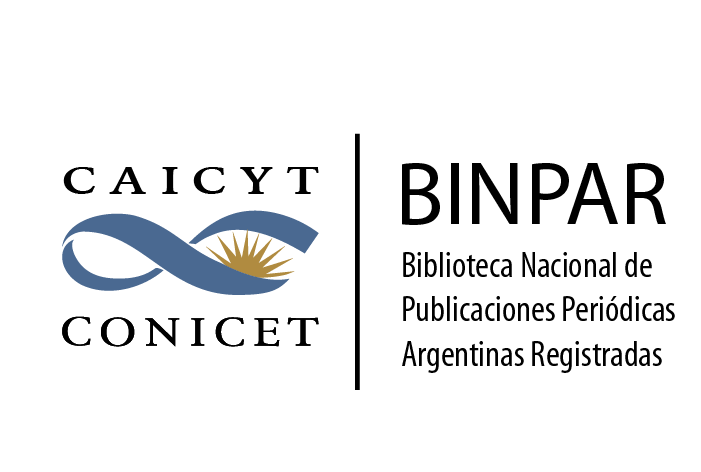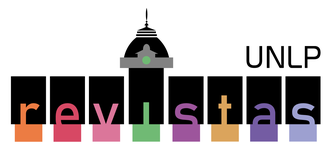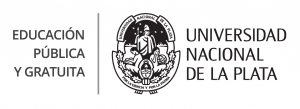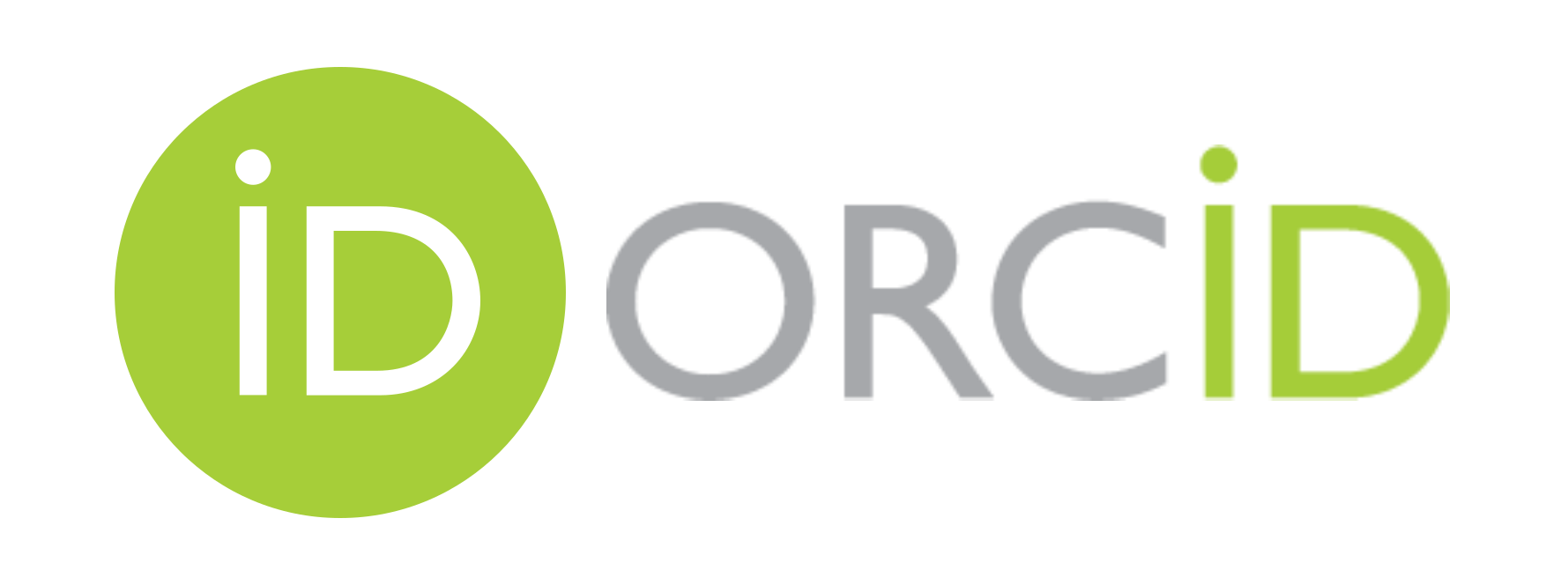Efecto de una cepa de Trichoderma harzianum (Th118) sobre el crecimiento y desarrollo de plantas de brócoli (Brassica oleracea var. Italica p.)
DOI:
https://doi.org/10.24215/23143991e002Palabras clave:
antagonistas, promoción del crecimiento, biocontrolResumen
El uso de antagonistas microbianos para el manejo integrado de enfermedades constituye una alternativa viable para conseguir aumentos significativos en los rendimientos. En este sentido, los objetivos de este trabajo fueron: i) Evaluar el efecto de Trichoderma harzianum (Th118) sobre el crecimiento y desarrollo de las plantas en un cultivo de brócoli e ii) evaluar si es necesario el refuerzo de una segunda aplicación durante el ciclo del cultivo para lograr un mayor crecimiento de las plantas. Para ello, se realizó un ensayo en la Estación Experimental de Gorina. Se utilizó un invernáculo comercial de 10 x 30 m2, el cual se organizó en cuatro bloques con los tratamientos alternados entre sí. Las bandejas con los plantines de brócoli fueron sumergidas en una suspensión de conidios de la cepa de T. harzianum durante 40 minutos, generando riego por ascenso capilar. Los tratamientos fueron los siguientes: T1: Plantines de brócoli sin tratamiento (testigo); T2: plantines de brócoli tratados con T. harzianum (Th118) incorporado como suspensión de esporas, con una sola aplicación durante el ciclo de cultivo en estado de plántula; T3: dosis de refuerzo de T. harzianum (Th118) incorporado como líquido en suelo sobre el cultivo en estado V6. Los resultados indican que el tratamiento con una dosis de T. harzianum presentó los mayores valores de peso fresco y de diámetro de la inflorescencia diferenciándose del resto de los tratamientos. Esto nos está indicando que no es necesaria una dosis de refuerzo para mejorar el crecimiento de las plantas.
Referencias
Amerio, N., Castrillo, M., Bich, G., Zapata, P. y Villalba, L. (2020). Trichoderma en la Argentina: estado del arte. Ecología Austral, 30(1), 113-124. https://doi.org/10.25260/EA.20.30.1.0.945
Castro da Silva, J., Barros Torres, D., Castro Lustosa, D., Corsi de Filippi, M. y Barata da Silva, G. (2012). Rice sheaths blight biocontrol and growth promotion by Trichoderma isolates from the Amazon. Amazonian Journal of Agricultural and Environmental Science, 55(4), 243-250. http://dx.doi.org/10.4322/rca.2012.078
Companioni González, B., Domínguez, C., Arizmendi, G. y García Velasco, R. (2019). Trichoderma: su potencial en el desarrollo sostenible de la agricultura. Biotecnología Vegetal, 19(4), 237-248.
Covacevich, F. y Consolo, V. (2014). Manual de protocolos: herramientas para el estudio y manipulación de Hongos Micorrícicos Arbusculares y Trichoderma. Universidad Nacional de Mar del Plata. http://hdl.handle.net/11336/108183
Elad, Y., Chet, I. y Henis, Y. (1981). A selective medium for improving quantitative isolation of Trichoderma spp. from soil. Phytoparasitica, (9), 59-67. http://doi.org/10.1007/BF03158330
El-Mohamedy, R. (2012). Biological control of Pythium root rot of broccoli plants under greenhouse conditions. Journal of Agricultural Technology, 8(3), 1017-1028.
Hernández-Melchor, D., Ferrera-Cerrato, R. y Alarcón, A. (2019). Trichoderma: importancia agrícola, biotecnológica, y sistemas de fermentación para producir biomasa y enzimas de interés industrial. Chilean Journal of Agricultural & Animal Sciences, ex Agro-Ciencia, 35(1), 98-112. http://dx.doi.org/10.4067/S0719-38902019005000205
Hoyos-Carvajal, L., Orduz, S. y Bissett. J. (2009). Growth stimulation in bean (Phaseolus vulgaris L.) by Trichoderma. Biological Control, 51(3), 409-416. https://doi.org/10.1016/j.biocontrol.2009.07.018
InfoStat ® (2020). InfoStat versión 2020. Grupo InfoStat, FCA, Universidad Nacional de Córdoba, Argentina. http://www.infostat.com.ar
Khumanthem, D. y Zacharia, S. (2024). Integrated effect of Trichoderma harzianum with selected botanicals extracts on Alternaria leaf spot of broccoli (Brassica oleracea var. italica) caused by Alternaria brassicae (Berk.) Sacc. Journal of Advances in Biology & Biotechnology, 27(9), 1212-1222. https://doi.org/10.9734/jabb/2024/v27i91391
Lombardi, N., Caira, S., Troise, A., Scaloni, A., Vitaglione, P., Vinale, F., Marra, R., Salzano, A., Lorito, M. y Woo, S. (2020). Trichoderma applications on strawberry plants modulate the physiological processes positively affecting fruit production and quality. Frontiers in Microbiology, 11, 1-17. https://doi.org/10.3389/fmicb.2020.01364
López-Valenzuela, B., Tzintzun-Camacho, O., Armenta-Bojórquez, A., Valenzuela-Escoboza, F., Lizárraga-Sánchez, G., Ruelas-Islas, J. y González-Mendoza, D. (2022). Microorganismos del género Trichoderma productores de fitohormonas y antagonistas de fitopatógenos. Bioagro, 34(2), 163-172. https://doi.org/10.51372/bioagro342.6
Monte Vásquez, E. (21 de octubre de 2022). La doble personalidad de Trichoderma. Red Agrícola. https://redagricola.com/la-doble-personalidad-de-la-trichoderma/
Pineda Insuasti, J., Benavides Sotelo, E., Duarte Trujillo, A., Burgos-Rada, C., Soto-Arroyave, C., Pineda Soto, C., Fierro Ramos, F., Mora Muñoz, E. y Álvarez Ramos, S. (2017). Producción de biopreparados de Trichoderma spp: una revisión. ICIDCA. Sobre los Derivados de la Caña de Azúcar, 51(1), 47-52.
Pokhrel, A., Aakash, A., Dipiza, O., Paudel, P., Shishir, P., Bigyan, G. y Rau Tharu, B. (2022). Biocontrol potential and mode of action of Trichoderma against fungal plant diseases. Acta Scientific Agriculture, 6(10), 10-21. http://doi.org/10.31080/ASAG.2022.06.1184
Rodríguez García, D. y Vargas Rojas, J. (2022). Efecto de la inoculación con Trichoderma sobre el crecimiento vegetativo del tomate (Solanum lycopersicum). Agronomía Costarricense, 46(2), 47-60. http://dx.doi.org/10.15517/rac.v46i2.52045
Sánchez, A., Stocco, M. y Mónaco, C. (2024). Protocolo de elaboración y aplicación de un bioinsumo a base de Trichoderma harzianum para los agricultores familiares. Horticultura Argentina, 43(110), 47-56. http://id.caicyt.gov.ar/ark:/s18519342/qkyrv6kz6
Sandle, T. (2014). Trichoderma. En C. A. Batt y M .L. Tortorello (Eds.), Encyclopedia of food microbiology (2ª ed., pp. 644-646). Academic Press. https://doi.org/10.1016/B978-0-12-384730-0.00337-2
Sharma, V., Salwan, R. y Sharma, P. (2017). The comparative mechanistic aspects of Trichoderma and probiotics: Scope for future research. Physiological and Molecular Plant Pathology, 100, 84-96. http://doi.org/10.1016/j.pmpp.2017.07.005
Stocco, M., Mónaco, C., Abramoff, C., Lampugnani, G., Salerno, G., Kripelz, N., Cordo, C. y Consolo, V. (2016). Selection and characterization of Argentine isolates of Trichoderma harzianum for effective biocontrol of Septoria leaf blotch of wheat. World Journal of Microbiology and Biotechnology, 32(49), 1-10. https://doi.org/10.1007/s11274-015-1989-9
Torres-De la Cruz, M., Ortiz-García, C., Bautista-Muñoz, C., Ramírez-Pool, C., Ávalos-Contreras N., Cappello-García, S. y De la Cruz-Pérez, A. (2015). Diversidad de Trichoderma en el agroecosistema cacao del estado de Tabasco, México. Revista Mexicana de Biodiversidad, 86(4), 947-961. https://doi.org/10.1016/j.rmb.2015.07.012
Tyskiewicz, R., Nowak, A., Ozimek, E. y Jaroszuk-Sciseł, J. (2022). Trichoderma: The current status of its application in agriculture for the biocontrol of fungal phytopathogens and stimulation of plant growth. International Journal Molecular Sciences, 23(4), 1-28. http://doi.org/10.3390/ijms23042329
Viera, W., Noboa, M., Bermeo, J., Báez, F. y Jackson, T. (2018). Parámetros de calidad de cuatro tipos de formulaciones a base de Trichoderma asperellum y Purpuricillium lilacinum. Enfoque UTE, 9(4), 145-153. https://doi.org/10.29019/enfoqueute.v9n4.348
Zeilinger, S., Gruber, S., Bansal, R. y Mukherjee, P. (2016). Secondary metabolism in chemistry meets genomics. Fungal Biology Reviews, 30(2), 74-90. https://doi.org/10.1016/j.fbr.2016.05.001
Zhang, F., Yuan, J., Yang, X., Cui, Y., Chen, L., Ran, W. y Shen, Q. (2013). Putative Trichoderma harzianum mutant promotes cucumber growth by enhanced production of indole acetic acid and plant colonization. Plant Soil, 368, 433-444. https://doi.org/10.1007/s11104-012-1519-6
Descargas
Publicado
Número
Sección
Licencia
Derechos de autor 2025 Mariano Castro Berman, Leonardo Fernández, Julian Sanchez Magariños, Marina Stocco, Jorgelina Rolleri, Cecilia Mónaco

Esta obra está bajo una licencia internacional Creative Commons Atribución-NoComercial-CompartirIgual 4.0.


















